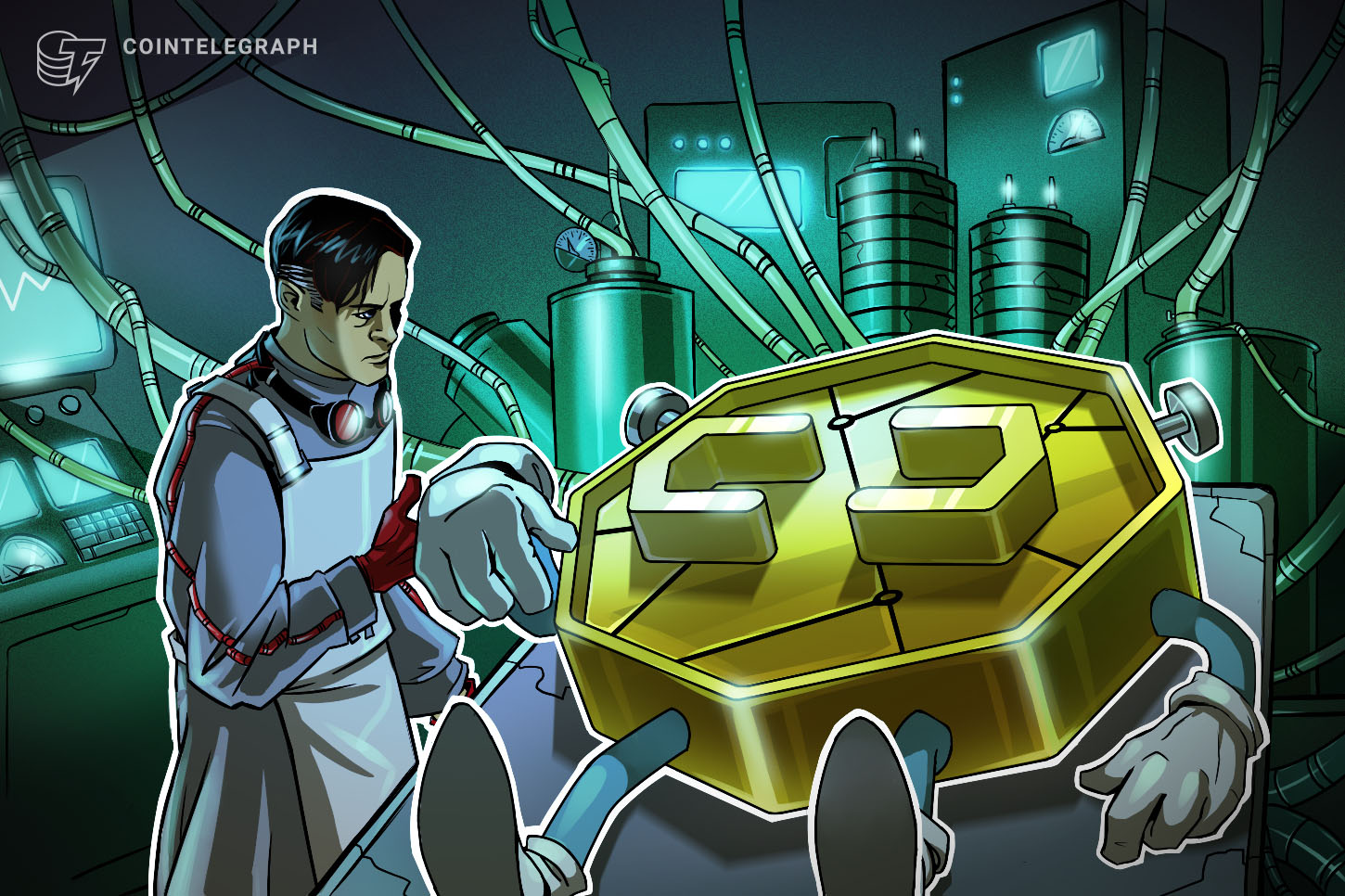After a devastating 50% correction between Dec. 25 and Jan. 25, Polygon (MATIC) has been struggling to sustain the $1.40 support. While some argue this top-15 coin has merely adjusted after a 16,200% gain in 2021, others point to competing scaling solutions growth.

Either way, MATIC remains 50.8% below its all-time high at an $11 billion market capitalization. Currently, the market cap of Terra (LUNA) stands at $37 billion, Solana (SOL) is above $26 billion and Avalanche (AVAX) is at a $19 billion market value.
A positive note is that Polygon raised $450 million on Feb. 7, and the funding round was backed by some of blockchain’s most considerable venture funds, including Sequoia Capital.
Polygon offers scaling and infrastructure support to Ethereum Virtual Machine-based (EVM) decentralized applications (DApps). Besides, it is not plagued by the high transaction fees and network congestion that impact the Ethereum network.
However, as proof-of-stake layer-1 networks emerged and offered low-cost smart contract capabilities, it vastly increased the competition for Ethereum network decentralized finance (DeFi), nonfungible token minting, marketplaces, crypto games, gambling and social applications.
In comparison, Terra’s total value locked increased by 340% between July and December 2021, reaching $12.6 billion. Similarly, Avalanche’s smart contracts deposits increased from $185 million to $11.11 billion in the same period.
The use of Polygon’s scaling solution is declining
Polygon’s primary DApp metric started to display weakness in August 2021 after the network‘s TVL dropped below 4 billion MATIC.

The chart above shows how Polygon‘s DApp deposits peaked at 7.4 billion MATIC in July 2021, then drastically declined over the next couple of months. In dollar terms, the current $3.5 billion TVL is the lowest number since May 2021. These figures represent less than 5% of the aggregate TVL (excluding Ethereum), according to DefiLlama data.
Another positive is that on March 9, Ankr, a multi-chain toolkit for blockchain infrastructure, enabled a token bridge between Ethereum and Polygon. The first release will allow the aMATICb liquid staking token to be sent and stored. This enables users to earn additional layers of rewards on DeFi platforms.
To confirm whether the TVL drop in Polygon is troublesome, one should analyze DApp usage metrics. Some DApps, such as games and collectibles, do not require large deposits, so the TVL metric is irrelevant in those cases.

As shown by DappRadar, on March 10 the number of Polygon network addresses interacting with decentralized applications grew by 5% versus the previous month. Even though Polygon’s TVL has been hit the hardest compared to similar smart contract platforms, there is solid network use in the gaming sector, as measured by Crazy Defense Heroes’ 199,260 active addresses in the last 30 days.
On Nov. 16, Polygon launched its zk-STARK-powered Miden Virtual Machine, a zero-knowledge Scalable Transparent ARgument of Knowledge. Polygon has also committed over $1 billion for developing complex DeFi applications that need sensitive information redacted on digitized assets, reducing their size for fast verification by blockchain participants.
The above data suggest that Polygon is holding its ground versus competing chains, and those holders might not worry too much about MATIC’s 50% price correction. Polygon’s ecosystem continues to flourish, and the fact that it offers much demanded layer-2 scaling solutions for multiple industries can be viewed as a bullish factor.
The views and opinions expressed here are solely those of the author and do not necessarily reflect the views of Cointelegraph. Every investment and trading move involves risk. You should conduct your own research when making a decision.


